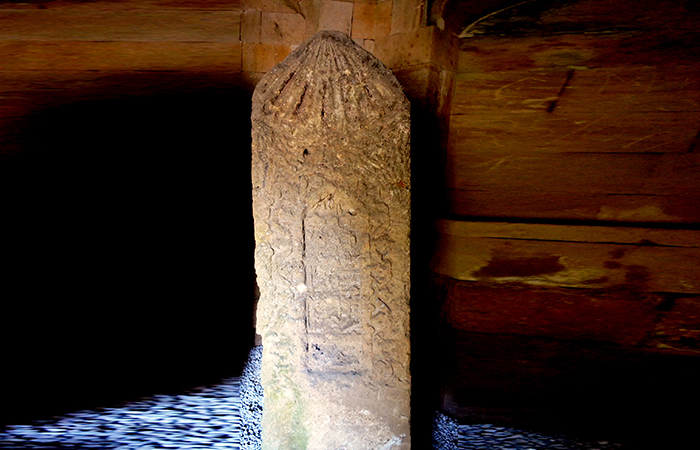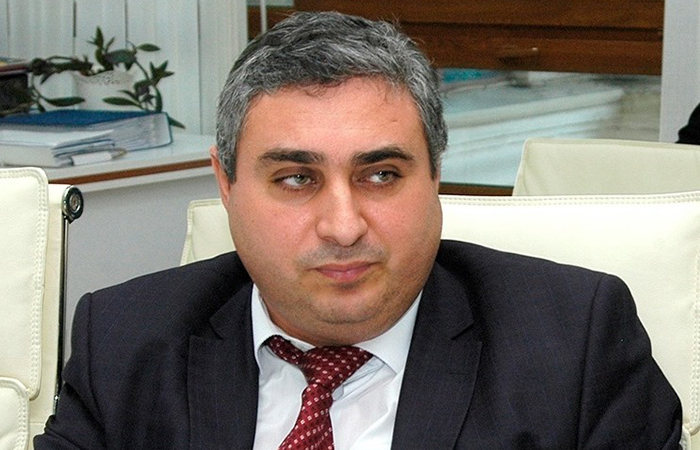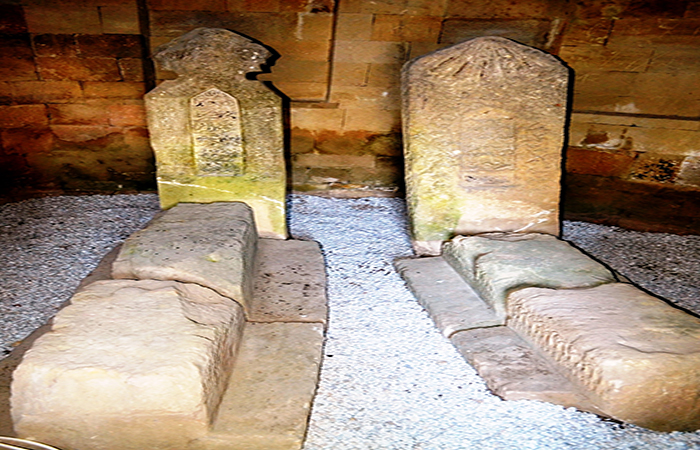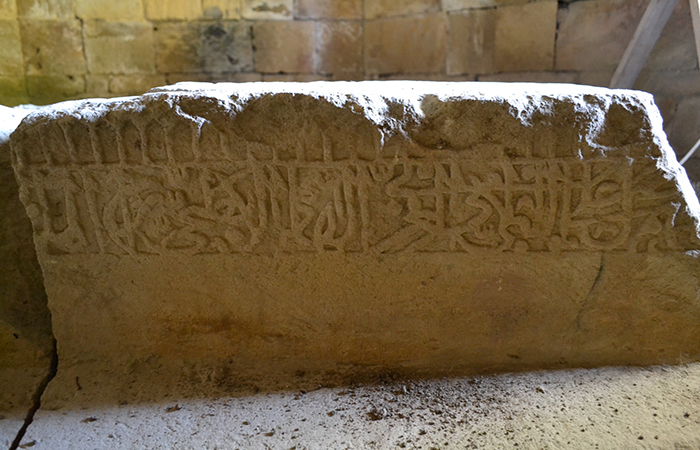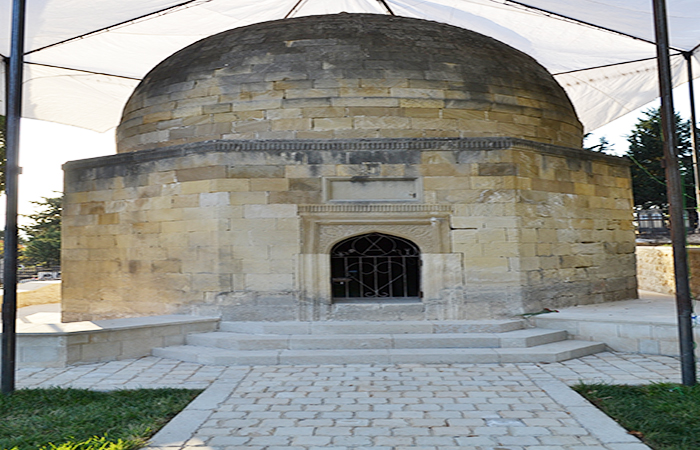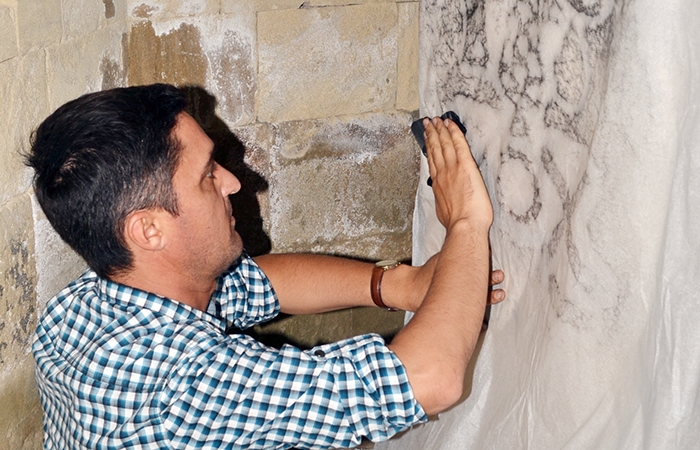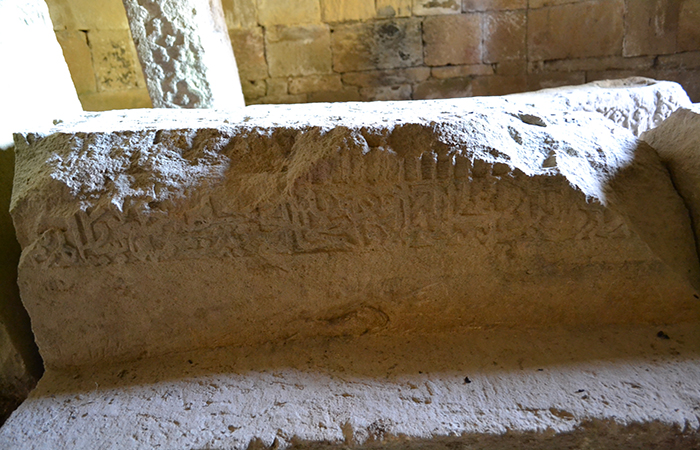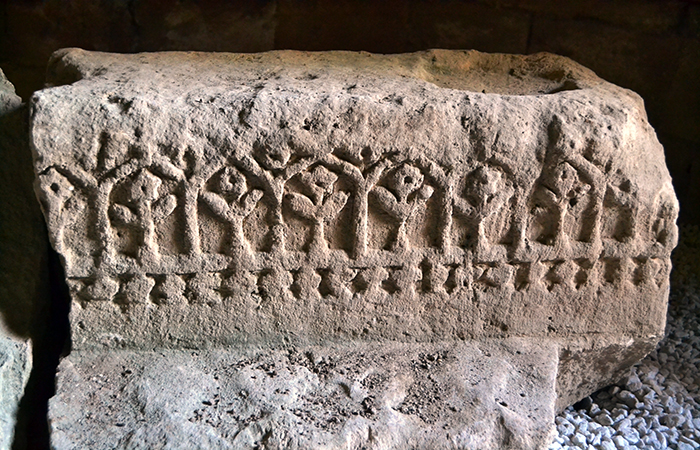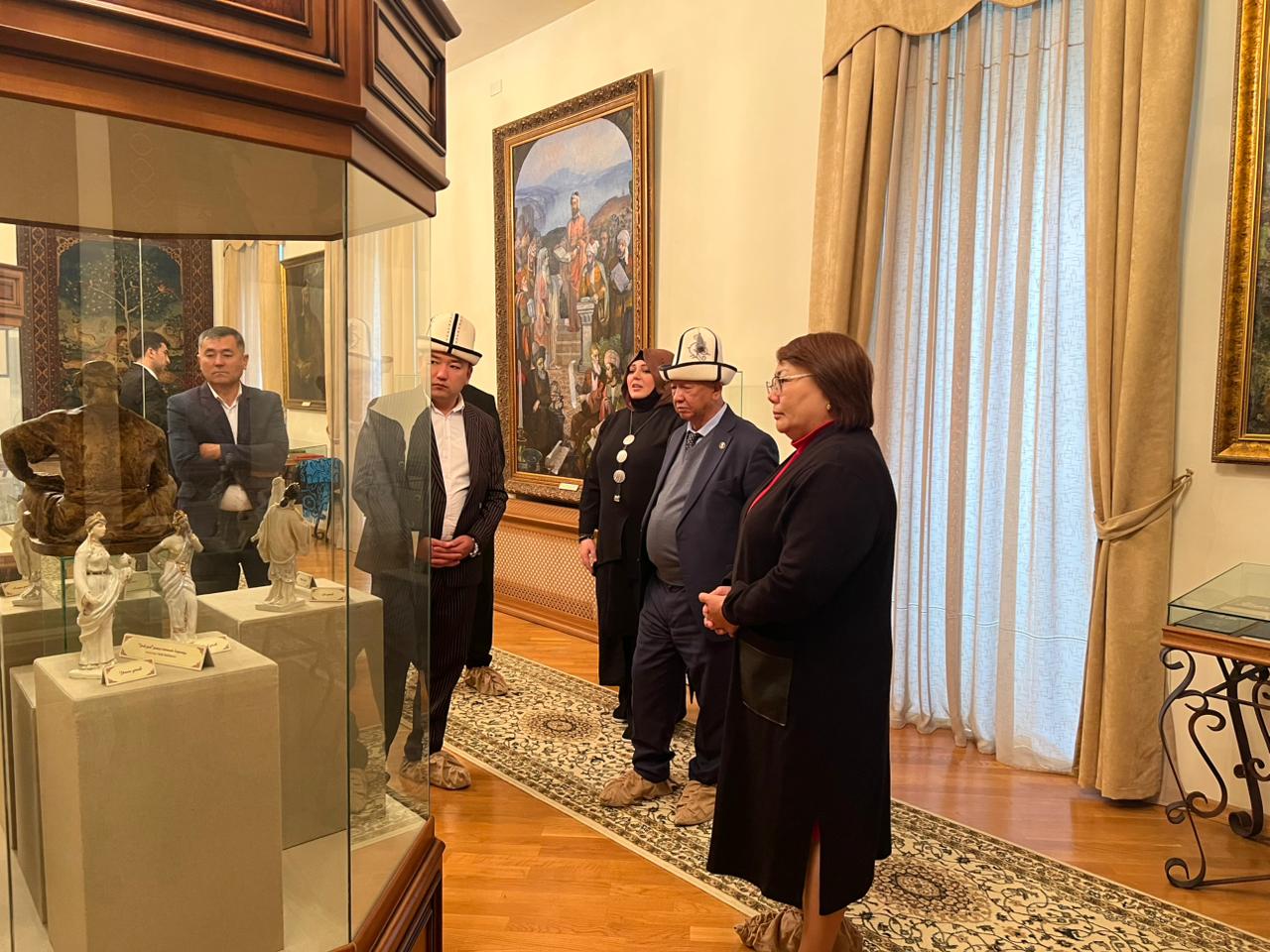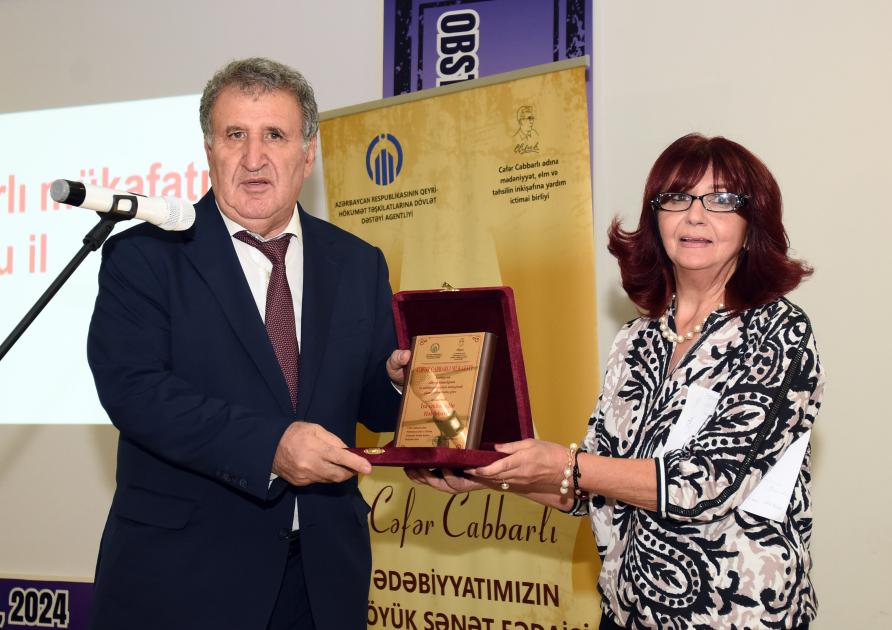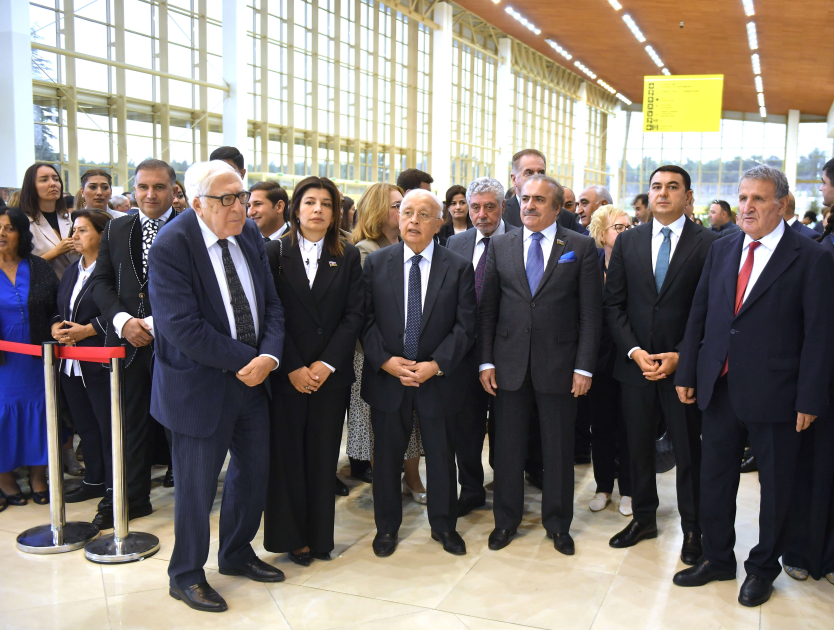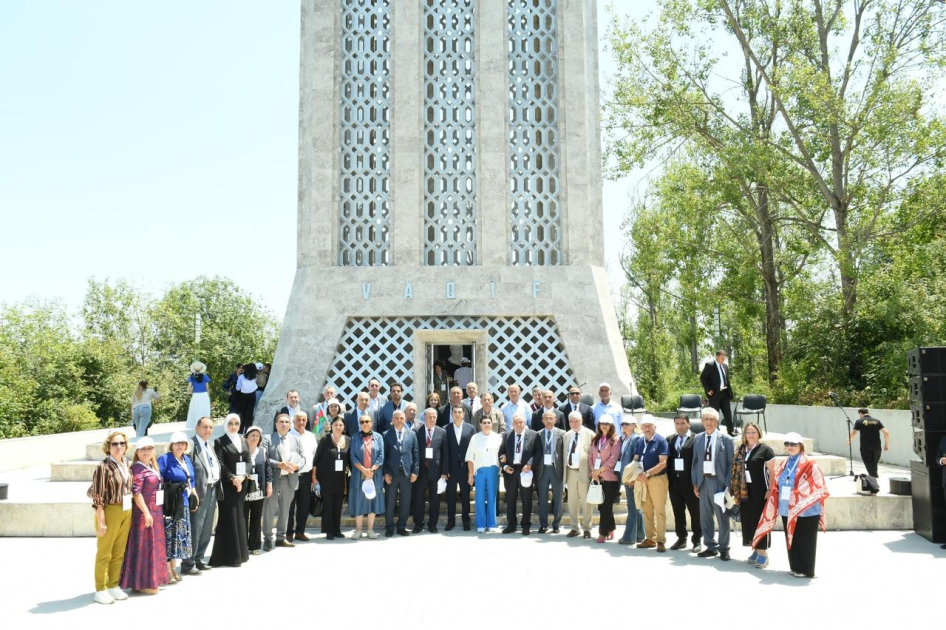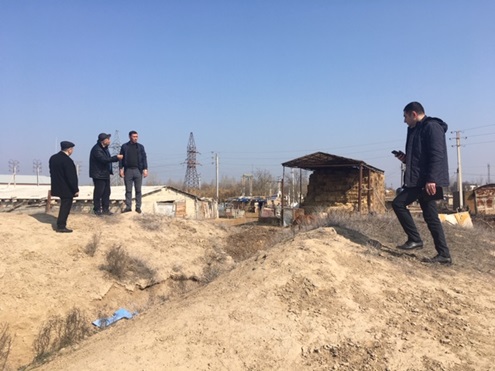- A-
- A
- A+
Epigraphic researches are being carried out within the "Year of Nasimi"
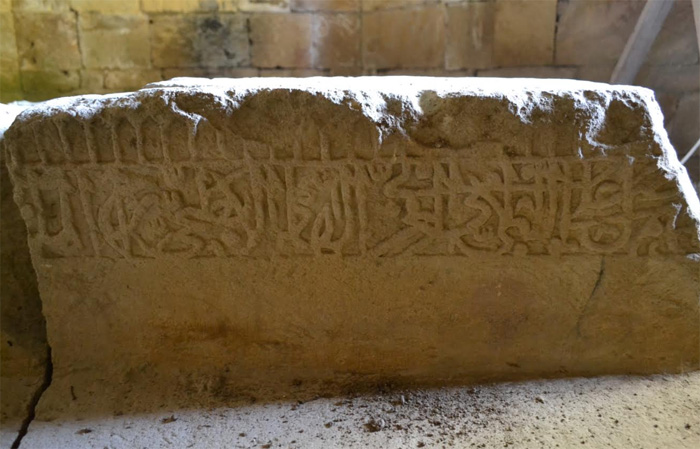
Employees of the Institute of Archeology and Ethnography of ANAS has began to conduct epigraphic researches within the "Year of Nasimi" at the "Shahkhandan graveyard" in Shamakhi district, where the poet's brother Shahi Khandan was buried.
As a result of researches co-carried out by Head Department of Numismatics and Epigraphy of the Institute, archaeologist PhD in History Akif Guliyev and leading researcher of the Institute, Dr. Law, Associate Professor Anar Aghalarzade, estampes of epigraphic tombstones were removed (convex writing, and illustration on paper) and clarified texts in epitaphs.
The graves inside the sepulcher, containing from headstones and tombs, were partially destroyed as they remained in an open air for many years. Later, an octagonal tomb was erected on these tombstones. Above the doorway at the entrance to the tomb, only the tombstone was left empty. It is assumed that the tombstone was taken at a specific time.
Inside the sepulcher, cheststones were 1,70x0,35x0,50 m and headstones were 1,78x0,43x0,18 m, with Arabian elements through naskh. One of the tombs was engraved 255-256 verses of Holy Quran “Ayatul-kursi” from surah “al-Bagara”. On another tomb was drawn ornamental element consisting only of floral ornaments.
According to Dr. Akif Guliyev, Shahi Khandan (died: 1426), who was buried in the cemetery, together with his brother, Seyid Imadaddin Nasimi, had set up an assembly of poetry and music lovers called "Majlis-ash-Shuera” in Shamakhi. “After Nasimi’s leaving Shamakhi due to spread the ideas of Hurufism, which is a branch of Sufism, he led this Majlis himself.
According to the researchers, the images on the back of the second grave stone reflect some of the ideas directly related to the Sufi sect.
Currently, researches on estampes by epigraphists are underway.
©All rights are reserved. Citing to www.science.gov.az is necessary upon using news
Similar News
Links
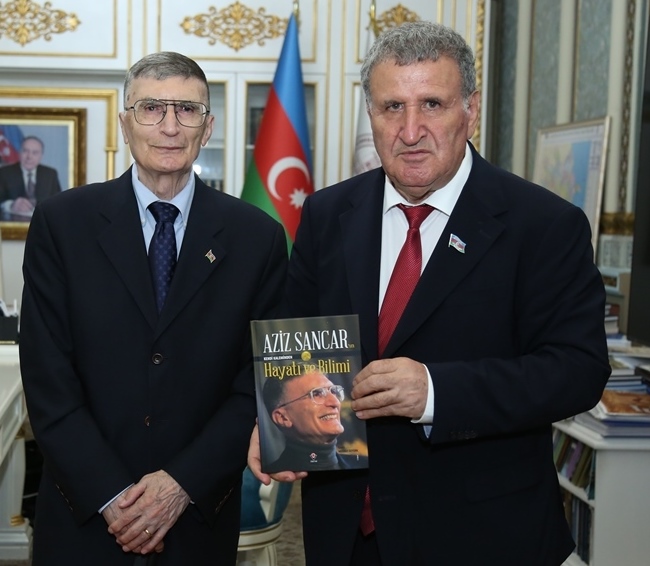

 Elm TV
Elm TV
 Photo
Photo
 Video
Video
